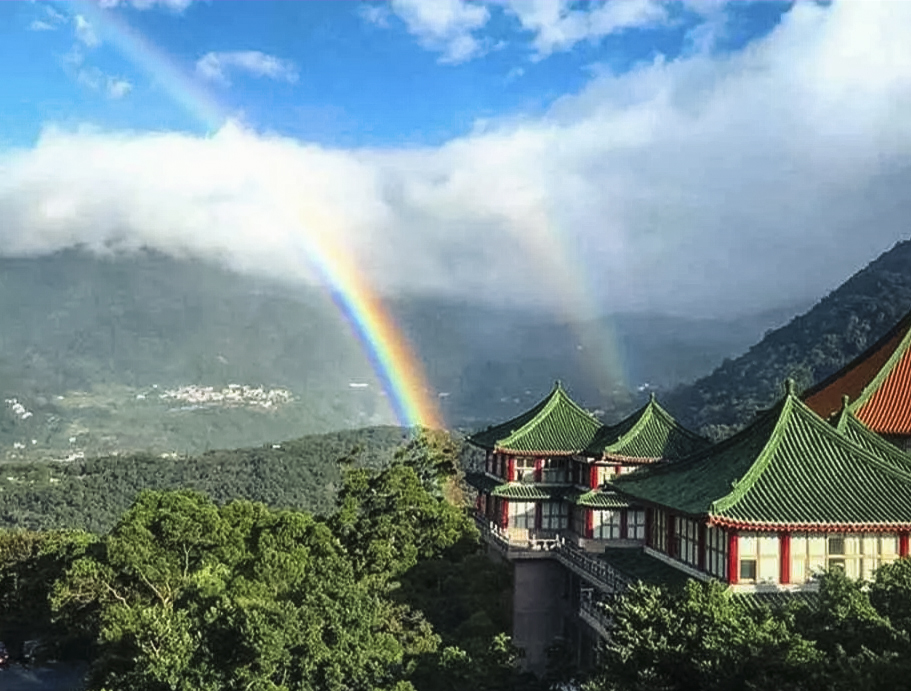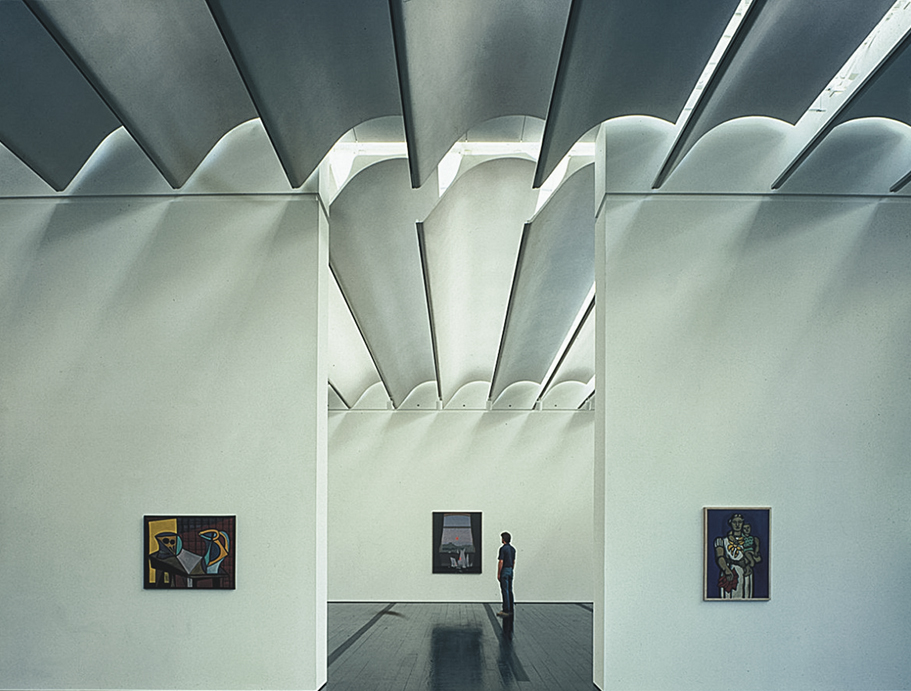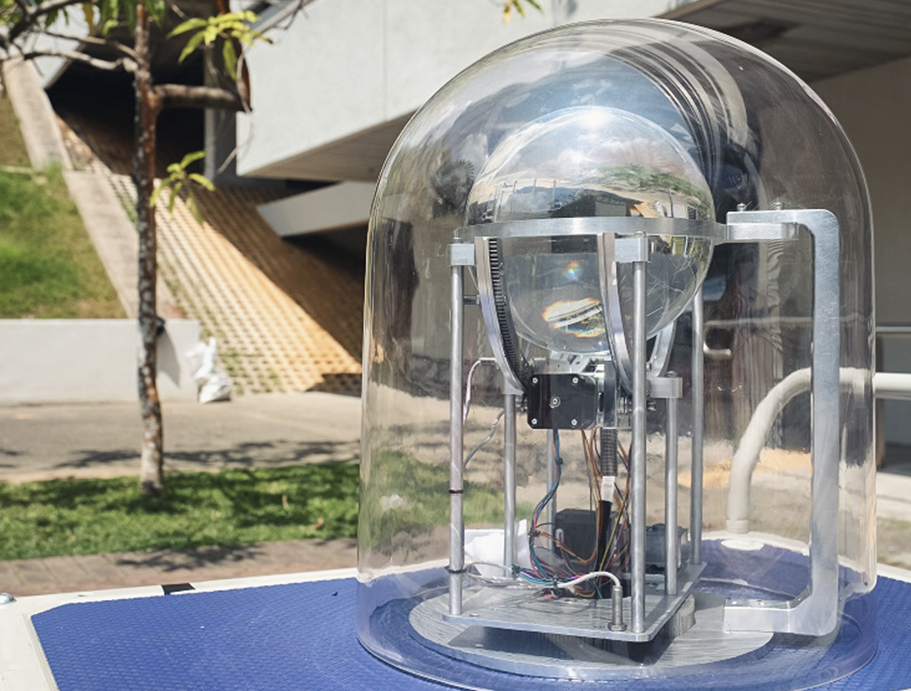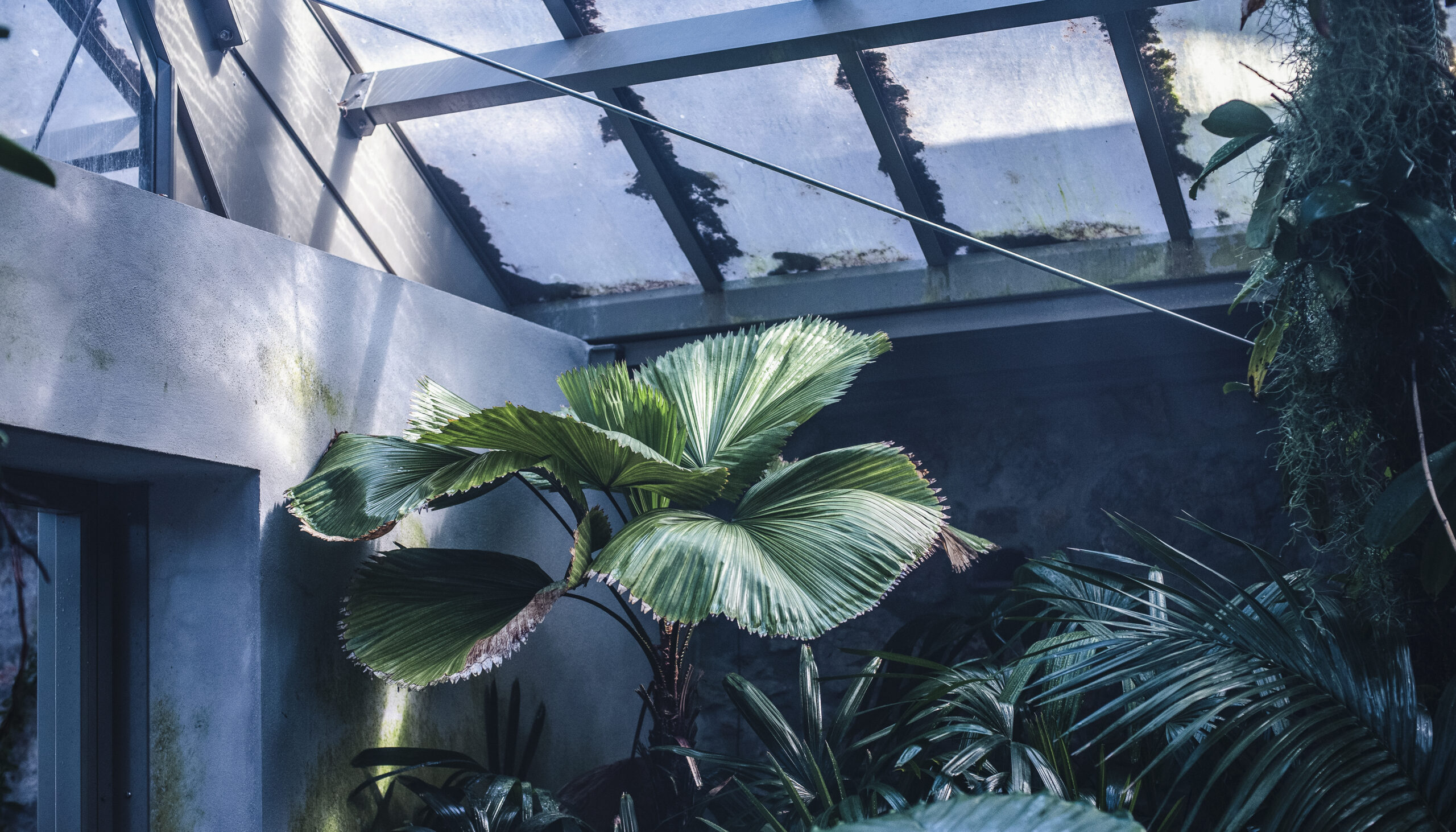In general terms, natural light is created precisely naturally by a precious source: the sun. The sun is 150 million km away from the Earth.
This is just the right distance for the survival of planet Earth. In fact, a little closer to the sun we would burn, a little farther away we would freeze.
We can admire the rainbow thanks to sunlight.
The sun’s rays penetrate into the water drops suspended in the ether and they divide into other rays with the various colors of the spectrum.
It seems that the longest-lived rainbow was admired in Taiwan for about 9 hours.
Have you ever noticed a sort of rainbow that forms around the sun?
It’s called a solar halo and it’s an optical effect. It forms at very low temperatures when the water particles are actually ice crystals and sunlight is refracted in all directions.
However, the sun’s rays, allow to admire not only natural spectacles. They brighten and warm our days: they allow life on earth.

Light and Nature
Certainly, one aspect to consider is the effect that sunlight has on nature. Thanks to it, plants are able to carry out the process of photosynthesis, so that they can produce energy and nutrients.
The life of plants, in addition to providing us with oxygen, allows humans to produce food, medicines and cosmetics.
Light and Health
Another fundamental aspect is the benefits that derive from the sun and its warm rays, on the human body .
In addition to regulating the sleep-wake cycle, sunlight also has effects on our mood. In fact, it helps the production of melatonin and serotonin which allow us to relieve stress and anxiety.
The correct sun exposure can help fight skin diseases such as psoriasis and eczema.
Muscles, joints and bones are kept healthy thanks to the help of the sun’s rays.

Vitamin D helps bone mineralization processes, calcium reabsorption, and intestinal absorption.
It has also been found that patients who have more access to sunlight recover sooner than those who do not.
Light and Design
In architectural design, there is a return to the revaluation of materials and techniques closely linked to our natural resources and traditional methodologies. The following are some of the innovations that take advantage of this new trend.
Solar tubes are composed of three main elements: the collector that collects the sun’s rays, the conductive tunnel that reflects the light inside it and transmits it to the third element, the diffuser, which diffuses the light evenly in places that are not light.

Light brackets are aluminium shelves placed inside or outside the building, on the top of the wall. The sunlight is then reflected back to the ceiling and diffused into the surrounding environment.
The adjustable slats are composed of aluminum slats that can rotate from 0 to 140° to regulate the entry of light into the rooms.
They are ideal for both windows and pergolas as they protect from the sun but also from the rain.
In Texas, in the Menil Collection Texas, Renzo Piano, a world-renowned architect, has arranged curved panels under a transparent cover that have the ability to reflect light from both sides. The result is the maximum amount of light, but in a homogeneous way.
Also, for Peter Zumthor’s Kunsthaus museum in Bregenz, the designer, thanks to a play of cavities and transparent materials, has created a structure that is totally self-sufficient during the day and energetically sustainable.

Light and Art
Even in art, light has always played an important role, in fact, thanks to the play of shadows and light there is possible to make three-dimensional works.
An important example is Bernini’s Ecstasy of St. Teresa in the church of Santa Maria della Vittoria in Rome.
Bernini himself asked to open a small window above the statue so that it would be hit by the sun’s rays. The optical effect obtained has a great impact on the observer.
Light and Innovation
It’s so important that a team from NTU Singapore has designed a whole new way to collect sunlight and ‘transport’ it to underground areas.
Researchers have come up with an acrylic sphere. The prototype weighs 10kg and is about 50cm tall.
The sphere receives the sun’s rays, which are channeled into a fiber cable and transported underground.

Considerations
In conclusion, we may sometimes take it for granted, but light pervades our existence.
Although it is not a tangible element, it allows us to notice the shades of color of the eyes of the people we love, to taste our favorite dish or admire evocative landscapes.
So, as the writer Giordano Bruno said, “Blind is he who does not see the sun, foolish who does not know it, ungrateful who does not thank it”





